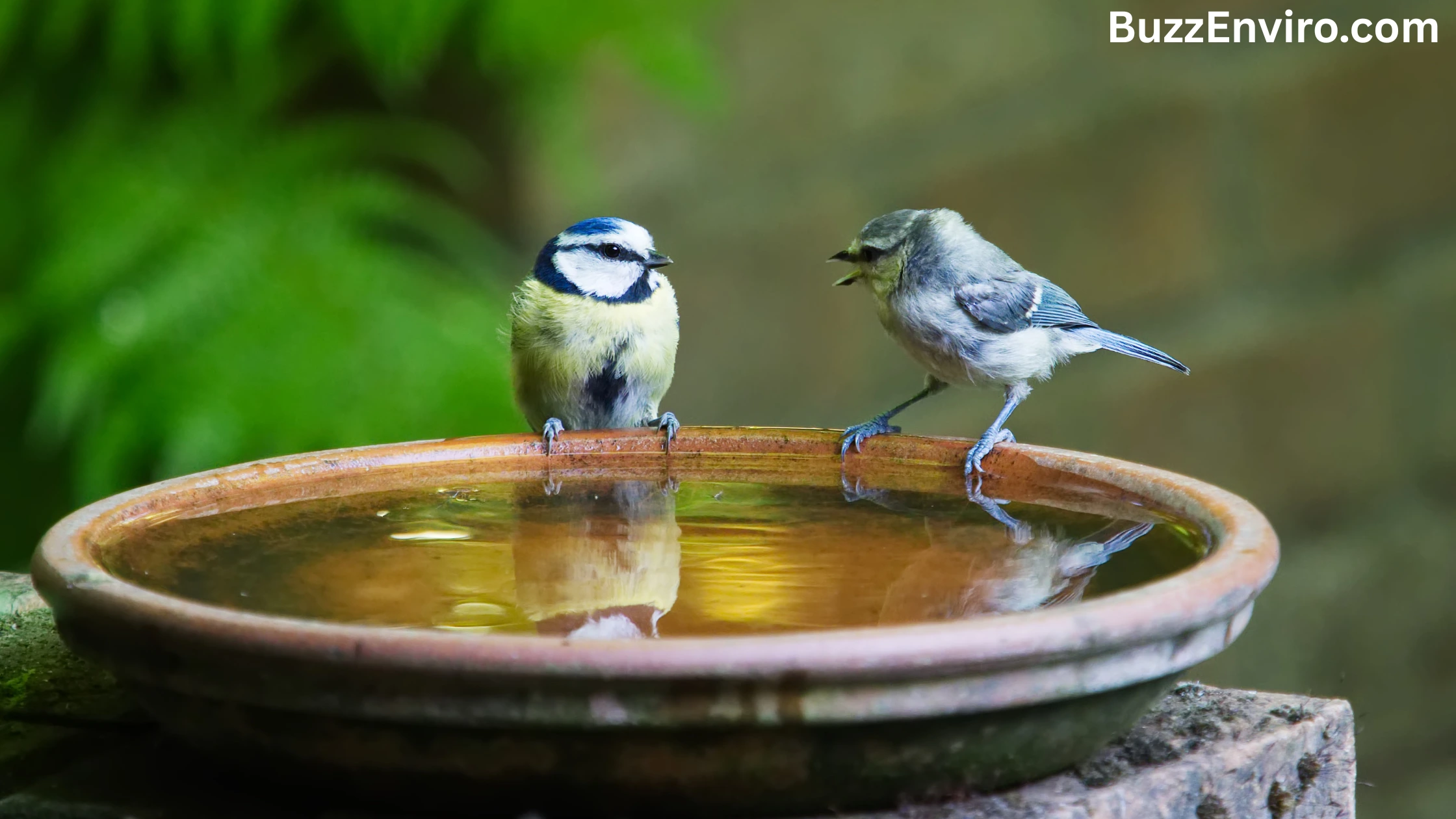Dairy farming is an industry that has been around for centuries, providing us with a valuable source of nutrition in the form of milk and dairy products. However, the dairy industry has also been the subject of scrutiny due to its impact on the environment, animal welfare concerns, and changing consumer preferences. In this blog, we’ll explore the environmental impact, ethical considerations, and industry outlook of dairy farming.
How does Dairy Farming work?
Farmers who raise cows take care of every part of their lives, from what they eat and how much space they have to how long cows stay with their calves before they are taken away. Even though each farm has its own rules and ways of doing things, animal rights activists have a lot to say about the imbalanced relationship between farmer and cow. They think that animals have a right to live without being controlled by humans.
Here are the most important steps in milk farming.
1. Breeding and IVF (In Vitro Fertilization)
Reproductive control is an important part of dairy farming because cows, like all mammals, need to be pregnant to make milk. Dairy farmers often watch cows for signs of estrus, or being in heat, which tells them when the best time is to get them pregnant. From there, there are two common ways for farmers to breed their cattle: natural service, which is also called breeding with bulls, and artificial insemination (AI), which is when a farmer puts saved sperm into a cow’s uterus by hand.
Since the 1950s, when it became common, AI has been used to breed more than 66% of dairy cows in the U.S., while natural service has been used to breed about 25%.12 People say that AI has perks like lowering the risk of disease and making genetics more predictable and successful. To make sure this method works, you have to take several steps, such as carefully cleaning the cow’s vulva and the breeding supplies and using a certain insertion technique. Researchers at The Pennsylvania State University found that trained technicians and owner-inseminators had success rates that ranged from 0% to 85%, which shows how hard it is to do it right.
2. Cow and Calf Split
Cows give birth to their young after about nine months.
How long newborn calves stay with their mothers and get milk straight from them varies on the farm?
On dairy farms, calves are taken away from their moms as soon as possible, sometimes just a few hours after they are born, so that farmers can get the most milk from them. When calves are taken away from their mothers, they are fed milk or a milk substitute that is high in nutrients. Colostrum is the first vital milk that a mammal makes, and it is also important for the development of a newborn calf.
Male calves aren’t used in the dairy business because female calves are usually raised to be milk cows. Males usually end up in one of three ways: they are raised and sold for beef, they are killed young and sold as veal, or they are killed at birth.
3. Milking

Most farms milk cows with tools that do everything for them. Most farms do a process called “forest ripping” before milking. This is when they remove a small amount of milk by hand to stimulate the teats and aid check for infections like mastitis. Stripping can happen either before or after the teats have been cleaned or pre-dipped. Farmers then put the milking unit on the teats of the cow.
The Food and Agriculture Organization says that feeding should be done in the cleanest way possible. Farmers have to make sure that the cows are ready to be milked safely and that the equipment is clean and well taken care of.
Environmental Impact on Dairy Farming
One of the most significant concerns surrounding dairy farming is its impact on the environment. Dairy farming requires a large amount of land, water, and energy, leading to greenhouse gas emissions and land degradation. Cows produce methane, a potent greenhouse gas, during digestion and manure decomposition. According to the Environmental Protection Agency, agriculture accounts for approximately 9% of all greenhouse gas emissions in the United States, with dairy farming being a significant contributor.
Dairy farming also has an impact on water resources, with cows consuming large amounts of water and generating manure, which can pollute waterways if not managed properly. Additionally, the production of dairy products requires energy for processing, transportation, and refrigeration, leading to further environmental impacts.
Ethical Considerations
Another concern surrounding dairy farming is animal welfare. The dairy industry relies on cows to produce milk, often keeping them in confined spaces and subjecting them to milking machines multiple times a day. There are also concerns about the use of hormones and antibiotics in dairy farming, which can affect the health of cows and potentially impact human health through the consumption of dairy products.
Industry Outlook
The dairy industry is facing a changing landscape, with shifting consumer preferences and increasing competition from alternative milk products. Many consumers are seeking plant-based milk products for ethical and environmental reasons, and the market for these products is growing rapidly. Additionally, new technologies and innovations in the dairy industry, such as precision farming and biogas production, offer potential solutions to some of the industry’s environmental and ethical concerns. Despite these challenges, the dairy industry remains an important part of the agricultural sector and provides livelihoods for many farmers and workers. The industry is adapting to changing consumer preferences and embracing new technologies to improve sustainability and animal welfare.
Conclusion
Dairy farming is an industry with significant environmental, ethical, and economic implications. While the industry has faced scrutiny in recent years, it also offers potential solutions to some of the world’s most pressing challenges, such as food security and sustainable agriculture. As consumers become more aware of the environmental and ethical impacts of their food choices, the dairy industry must adapt and innovate to remain relevant and sustainable.






